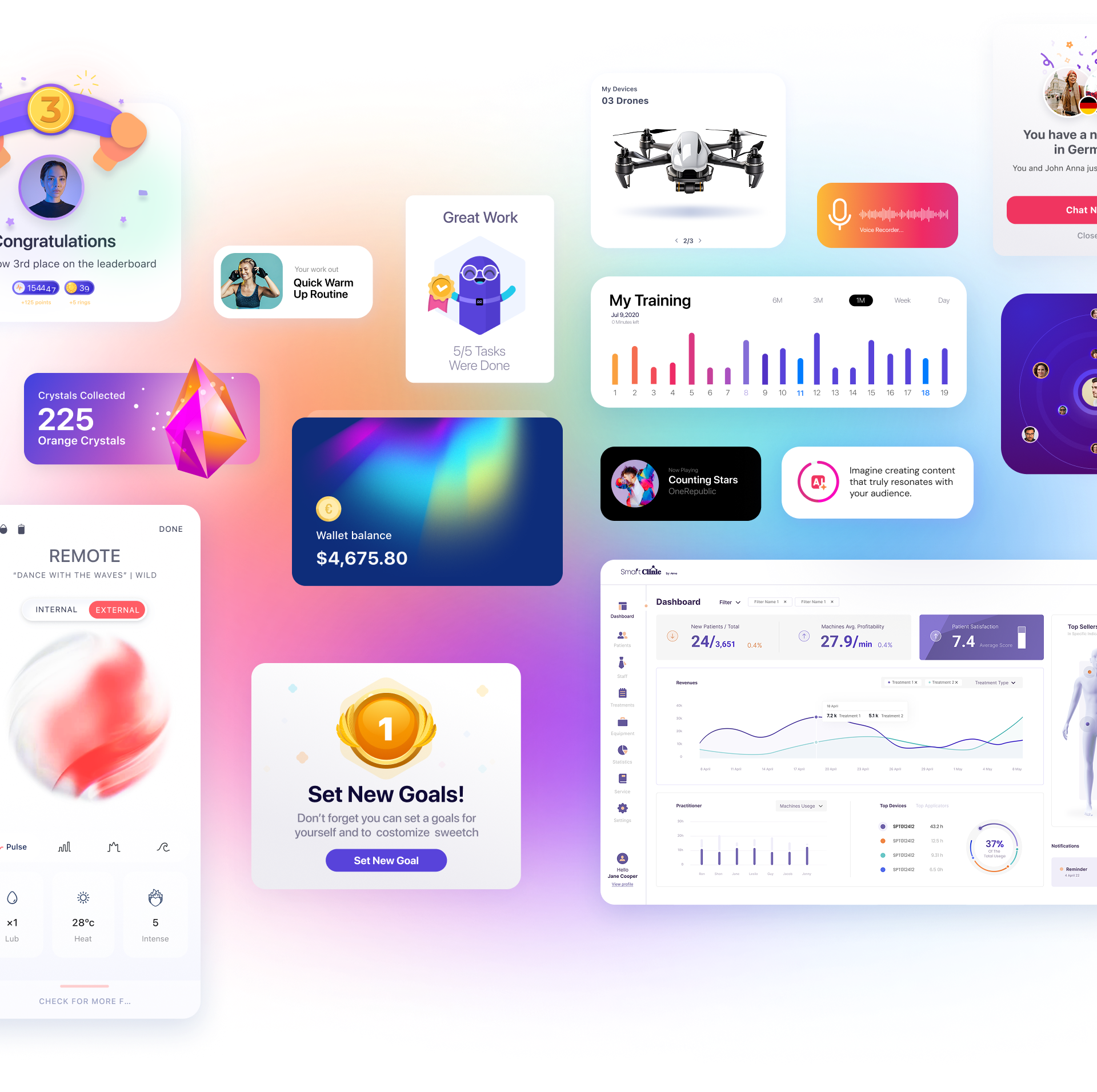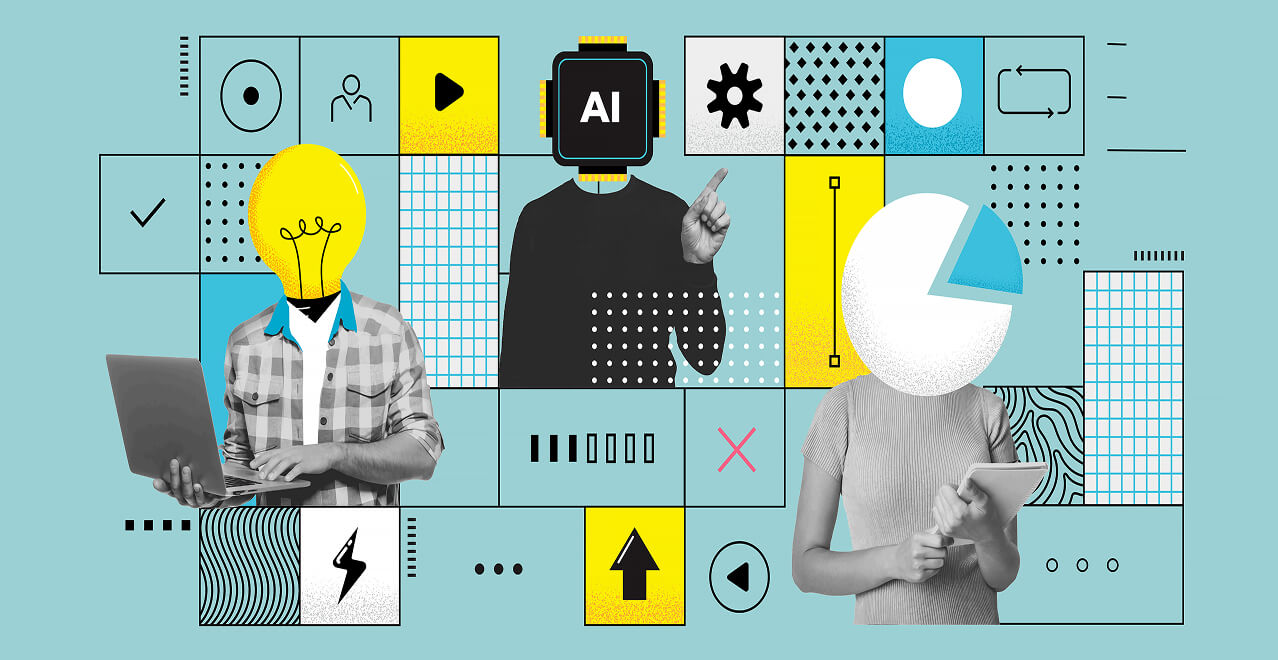Trends to Shape 2024 and Beyond.
The UX design landscape is continuously evolving, adapting to technological advancements and changing user needs. As Triolla look towards 2024 and beyond, several emerging trends are set to redefine the field of UX design. Drawing insights from leading sources like UX Collective, Forbes, Clutch, Nielsen Norman Group, and Toptal, this article explores the key trends that will shape the future of UX design.
The Rise of Conversational UX
One of the most significant trends is the rise of conversational UX. With the increasing integration of AI and machine learning, conversational interfaces like chatbots and voice assistants are becoming more sophisticated and user-friendly. UX Collective’s 2024 report highlights how these technologies are making digital interactions more natural and intuitive. Users now expect seamless, conversational experiences that mimic human interaction, pushing designers to create solutions that are not only functional but also engaging and empathetic.
The Focus on Ethical Design
Ethical design is another trend gaining momentum, as noted by Forbes in their 2024 insights. In an era where data privacy and user rights are paramount, UX designers are increasingly tasked with creating experiences that are not only effective but also ethical. This involves designing with privacy in mind, being transparent about data usage, and ensuring inclusivity and accessibility. Ethical design practices are becoming a cornerstone in building trust and loyalty among users.
The Growing Importance of Design Systems
Another trend set to dominate is the growing importance of design systems. As Clutch’s 2024 industry report indicates, design systems – a series of components and guidelines for designing applications and websites – are becoming vital for maintaining consistency and efficiency, especially for larger teams and complex projects. These systems enable designers to create cohesive user experiences across different platforms and devices, enhancing brand consistency and reducing development time.
The Shift to a More Holistic Approach to UX
Nielsen Norman Group’s 2024 trends forecast a shift towards a more holistic approach to UX. This involves considering the entire user journey, rather than focusing on individual interactions or touchpoints. A holistic UX approach looks at the user’s overall experience with a product or service, taking into account their emotional, psychological, and behavioral responses. This trend signifies a move towards creating more meaningful and impactful user experiences that resonate on a deeper level.
The Increasing Use of Data and Analytics
Lastly, Toptal’s 2024 trends report emphasizes the increasing use of data and analytics in UX design. With vast amounts of user data available, designers can leverage analytics to gain deeper insights into user behavior, preferences, and pain points. This data-driven approach enables designers to create more personalized and effective user experiences. It’s about using data not just to inform design decisions but to anticipate user needs and tailor experiences accordingly.
Conclusion
As we advance into 2024, these emerging trends underscore a dynamic shift in the UX design industry. From conversational UX enhancing user interaction to the ethical responsibilities in design, from the efficiency of design systems to the depth of holistic approaches, and the power of data-driven design – these trends collectively represent a maturing field set to offer more nuanced and sophisticated user experiences. For UX professionals, staying abreast of these trends is key to creating innovative, user-centered designs that not only meet but exceed user expectations.
In summary, the future of UX design looks to be more intuitive, ethical, systematic, holistic, and data-informed. As these trends continue to evolve, they will undoubtedly bring new challenges and opportunities, shaping the way we think about and interact with the digital world.





 Book a Call
Book a Call





